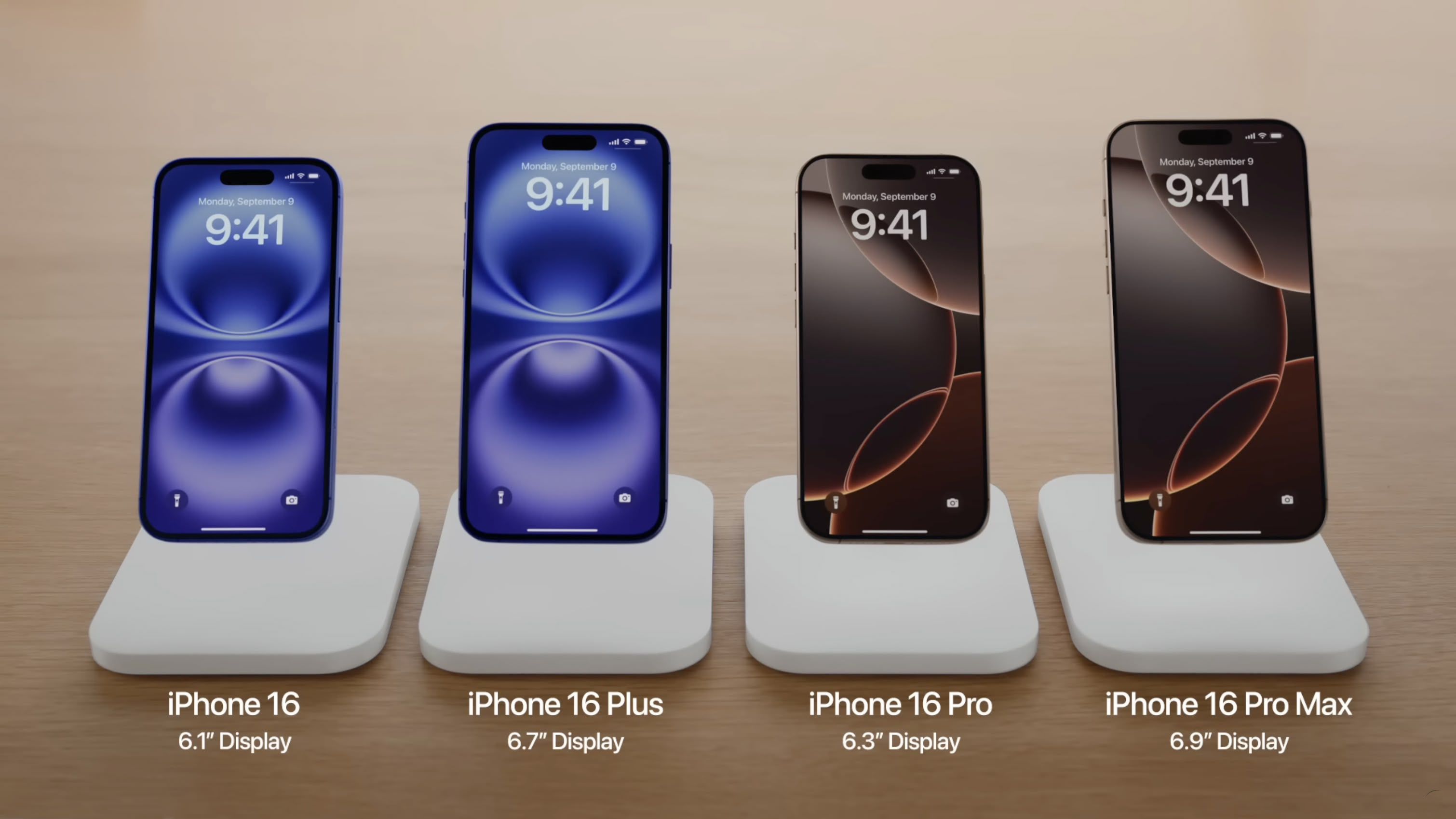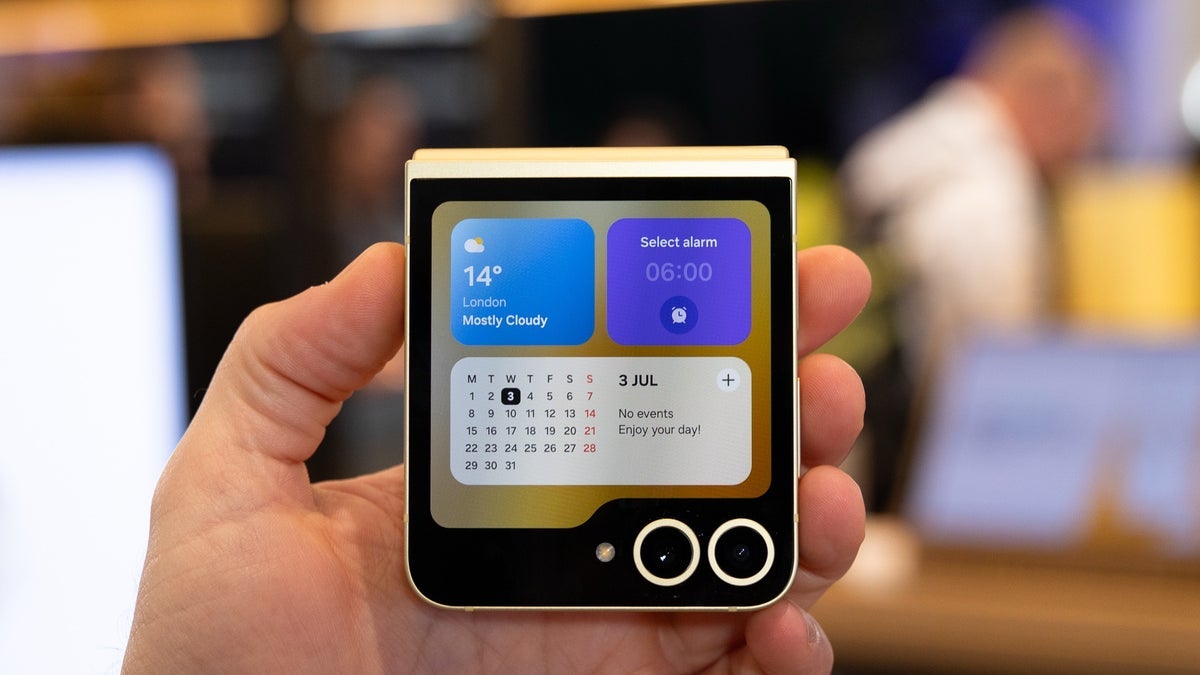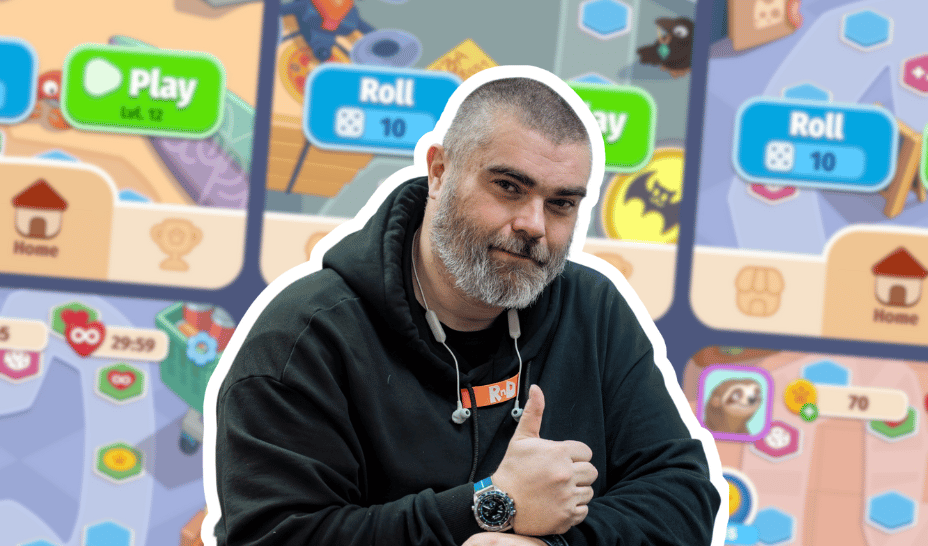Can you ever be friends with your boss? Probably not—and here’s why
Want to enjoy your job a little more? Maybe you need a BFF at work. According to Gallup, having a best friend at work increases job satisfaction, innovation, engagement, and productivity, and it decreases your chances of leaving the company. But can that friend ever be your boss? “You may think, If I’m going to have a friend at work, shouldn’t it be the CEO? Why not go for the top and get the most benefits from the friendship?” says Steve McClatchy, author of Leading Relationships: Build Meaningful Connections, Eliminate Conflict, and Radically Improve Engagement. “Gallup is telling us that we should have a best friend at work, but it doesn’t say that best friend should be your boss.” Being friends with the boss is more complex than being buddies with a colleague. To understand the difference, McClatchy says you need to understand the definition of friendship. “Friendship is always working in each other’s best interest,” he says. “In that case, I would not ask my boss for an extra weekend vacation, because that wouldn’t be in the boss’s best interest. No matter how they walk that thin line with an employee who reports to them, they can always be accused of playing favorites, whether it’s true or not.” Being friends with an employee is a slippery slope for the boss, too. McClatchy compares it to the best player on the sports team being the coach’s favorite. “The benefit of that friendship is a commitment to excellence, never letting that person down, and always having their back,” he explains. “But how do the rest of the teammates perform when one player is the favorite? You get extreme output from that one player, but if the output from the other players goes down, does it warrant that?” To determine the type of relationship you can have with your boss, McClatchy says it’s important to understand the levels of maturity within friendships. Level 1: Acknowledging Each Other The first level of friendship is acknowledging each other. This is the most basic stage of friendship, where we recognize being in the presence of someone we know. It’s about making eye contact, greeting each other in an appropriate way, and responding to communication as expected. While level one seems easy, McClatchy says your ego can get in the way. “When you’re competing, your ego is your greatest asset,” he says. “It’s your greatest liability in relationships. If you’ve ever won or lost in a relationship, you don’t have one. The ego loves power, because it ensures survival.” When the ego feels bruised, microaggressions can get in the way at this level, such as withholding recognition, being passive-aggressive, or ignoring someone. If you can’t achieve level one, the friendship has ended before it even began. Level 2: Exchanging Facts and Honoring Agreements The second level of maturity involves exchanging facts and honoring agreements. To be successful, you need to share information without twisting it to fit your agenda. You also need to do what you say you are going to do. In an employee-employer relationship, the employee needs to live up to their agreements, which is their job description. If you fail to follow through, you need to acknowledge it and apologize. McClatchy calls this level trust in action, and it can get tricky with boss friendships. In addition, bosses sometimes need to break agreements, and they may not feel a need to apologize because they’re used to having power. Before you call somebody a friend, make sure they follow through on what they say they’re going to do. And if they break their commitments, they should be able to swallow their ego and apologize. If the relationship fails at level two, McClatchy says it is not an essential relationship, and you should revert to having only level-one interactions. Level 3: Sharing Opinions The third level is where you can lose a relationship if you or the other person are not mature enough to see the world from a different perspective, says McClatchy. “Maturity is understanding that other people don’t see the world the same way you do,” he says. “It’s understanding that opinions come from information and experience. I have opinions today that I didn’t have 10 years ago.” Friendships at this level mean you can disagree with someone and still respect them as a person. It also means you can seek to understand their opinion, explain your own opinion, and discuss how the difference could impact your relationship. This can be problematic if your boss has a my-way-or-the-highway approach to leading. If the relationship fails at level three, McClatchy recommends keeping interactions to level two: sticking to small talk and avoiding triggering topics. Level 4: Strengths and Weaknesses People like to play to their strengths and work around their weaknesses. In friendship, that means being willing to do that for another person, says McClatchy. “No one likes to be criticized or have their weaknesses pointed out,” he

Want to enjoy your job a little more? Maybe you need a BFF at work. According to Gallup, having a best friend at work increases job satisfaction, innovation, engagement, and productivity, and it decreases your chances of leaving the company. But can that friend ever be your boss?
“You may think, If I’m going to have a friend at work, shouldn’t it be the CEO? Why not go for the top and get the most benefits from the friendship?” says Steve McClatchy, author of Leading Relationships: Build Meaningful Connections, Eliminate Conflict, and Radically Improve Engagement. “Gallup is telling us that we should have a best friend at work, but it doesn’t say that best friend should be your boss.”
Being friends with the boss is more complex than being buddies with a colleague. To understand the difference, McClatchy says you need to understand the definition of friendship.
“Friendship is always working in each other’s best interest,” he says. “In that case, I would not ask my boss for an extra weekend vacation, because that wouldn’t be in the boss’s best interest. No matter how they walk that thin line with an employee who reports to them, they can always be accused of playing favorites, whether it’s true or not.”
Being friends with an employee is a slippery slope for the boss, too. McClatchy compares it to the best player on the sports team being the coach’s favorite. “The benefit of that friendship is a commitment to excellence, never letting that person down, and always having their back,” he explains. “But how do the rest of the teammates perform when one player is the favorite? You get extreme output from that one player, but if the output from the other players goes down, does it warrant that?”
To determine the type of relationship you can have with your boss, McClatchy says it’s important to understand the levels of maturity within friendships.
Level 1: Acknowledging Each Other
The first level of friendship is acknowledging each other. This is the most basic stage of friendship, where we recognize being in the presence of someone we know. It’s about making eye contact, greeting each other in an appropriate way, and responding to communication as expected.
While level one seems easy, McClatchy says your ego can get in the way. “When you’re competing, your ego is your greatest asset,” he says. “It’s your greatest liability in relationships. If you’ve ever won or lost in a relationship, you don’t have one. The ego loves power, because it ensures survival.”
When the ego feels bruised, microaggressions can get in the way at this level, such as withholding recognition, being passive-aggressive, or ignoring someone. If you can’t achieve level one, the friendship has ended before it even began.
Level 2: Exchanging Facts and Honoring Agreements
The second level of maturity involves exchanging facts and honoring agreements. To be successful, you need to share information without twisting it to fit your agenda. You also need to do what you say you are going to do.
In an employee-employer relationship, the employee needs to live up to their agreements, which is their job description. If you fail to follow through, you need to acknowledge it and apologize. McClatchy calls this level trust in action, and it can get tricky with boss friendships.
In addition, bosses sometimes need to break agreements, and they may not feel a need to apologize because they’re used to having power. Before you call somebody a friend, make sure they follow through on what they say they’re going to do. And if they break their commitments, they should be able to swallow their ego and apologize. If the relationship fails at level two, McClatchy says it is not an essential relationship, and you should revert to having only level-one interactions.
Level 3: Sharing Opinions
The third level is where you can lose a relationship if you or the other person are not mature enough to see the world from a different perspective, says McClatchy.
“Maturity is understanding that other people don’t see the world the same way you do,” he says. “It’s understanding that opinions come from information and experience. I have opinions today that I didn’t have 10 years ago.”
Friendships at this level mean you can disagree with someone and still respect them as a person. It also means you can seek to understand their opinion, explain your own opinion, and discuss how the difference could impact your relationship. This can be problematic if your boss has a my-way-or-the-highway approach to leading.
If the relationship fails at level three, McClatchy recommends keeping interactions to level two: sticking to small talk and avoiding triggering topics.
Level 4: Strengths and Weaknesses
People like to play to their strengths and work around their weaknesses. In friendship, that means being willing to do that for another person, says McClatchy.
“No one likes to be criticized or have their weaknesses pointed out,” he says. “Admitting mistakes is uncomfortable and puts the ego on high alert. The ego’s job is to meet your needs. The problem is when someone can’t admit when they need help or input. If you can’t learn from the people around you, you will not achieve the fourth level of friendship maturity.”
Failure at level four includes denying or blaming someone else for your mistakes, not apologizing when you should, or withholding positive feedback. If level four cannot be achieved, McClatchy says you’ll need to stick to the previous levels.
Level 5: Understanding Motivations
The fifth level of interaction is when you understand what motivates and demotivates another person and you use this information in their best interest.
“I understand your goals, your aspirations, your values, and I use that information to help you to benefit from you,” says McClatchy. “This is what a best friend is all about. This is somebody who’s going out of their way, and they care as much about your success as they do their own.”
You cannot get to level five with somebody and not consider them a friend; it’ll happen by default, says McClatchy. However, it’s difficult to get to level-five maturity with your boss because you have to navigate a direct-reporting relationship.
“The power structure can’t be ignored,” says McClatchy. “When I’m the boss, I determine your raise and pay promotions. Right now, when I say something funny, you laugh a little harder. You’re getting a paycheck. I don’t know where the friendship begins and where the power structure ends.”
If you somehow get to level five and a strong friendship emerges with your boss, McClatchy says it’s best to figure out a way to get rid of the power structure so you can enjoy your friendship and the business benefits from you not reporting to each other.
“We rarely get to 100% trust, confidence, and maturity at work,” says McClatchy. “But that doesn’t mean we shouldn’t know what it is. As you explore your relationships, think about acknowledgment and recognition, facts and agreements, opinions, strengths and weaknesses, and motivation. The key is that they’re all about treating others with respect and dignity, whether you’re best friends or not.”








![89 million Steam accounts reportedly leaked. Change your password now. [Updated]](https://helios-i.mashable.com/imagery/articles/05mKEv2HKG7EgiHKtximy17/hero-image.fill.size_1200x675.v1747231462.jpg)










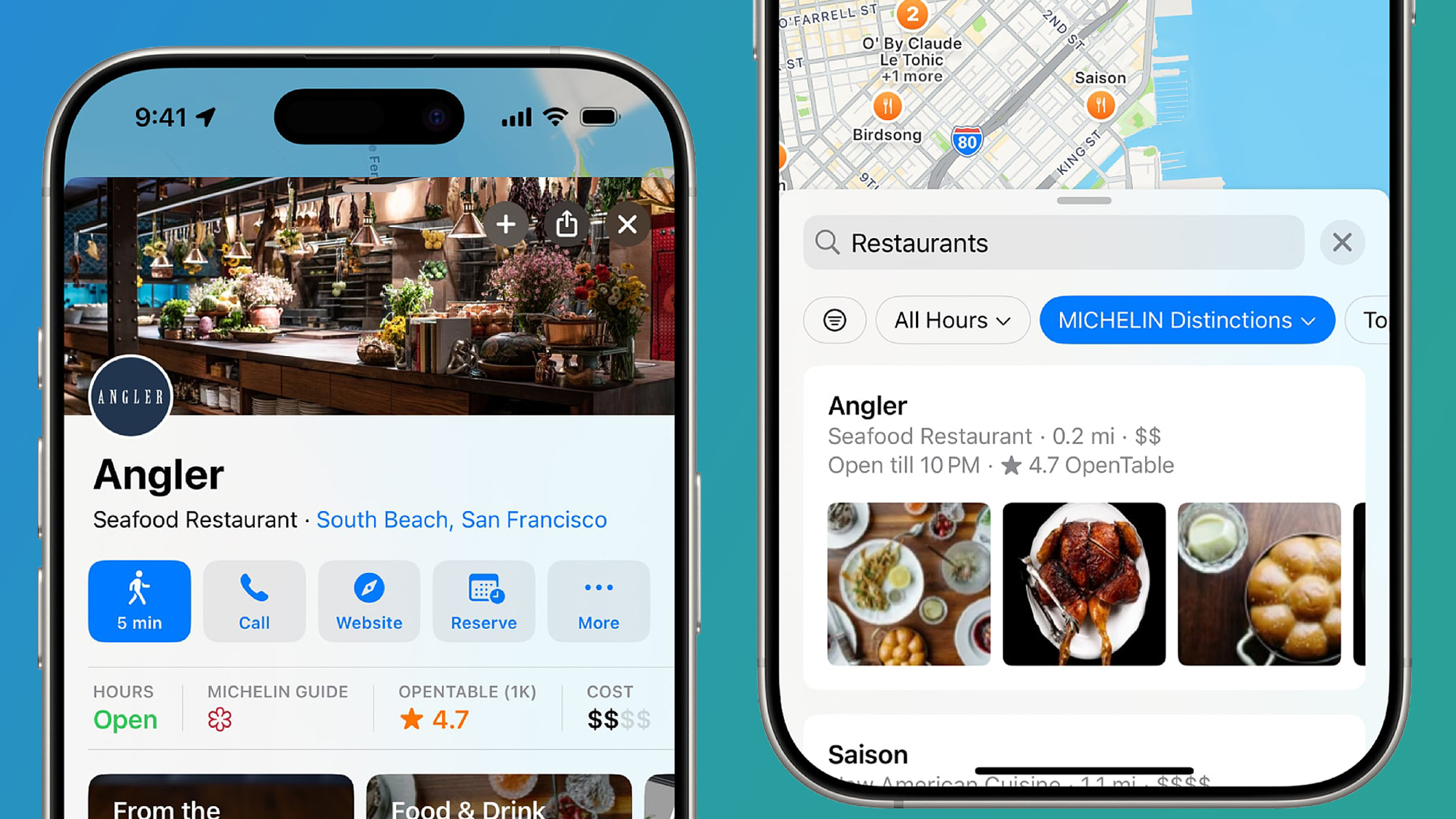






















































































































































![[The AI Show Episode 147]: OpenAI Abandons For-Profit Plan, AI College Cheating Epidemic, Apple Says AI Will Replace Search Engines & HubSpot’s AI-First Scorecard](https://www.marketingaiinstitute.com/hubfs/ep%20147%20cover.png)

























![How to Enable Remote Access on Windows 10 [Allow RDP]](https://bigdataanalyticsnews.com/wp-content/uploads/2025/05/remote-access-windows.jpg)
































































































![[DEALS] The 2025 Ultimate GenAI Masterclass Bundle (87% off) & Other Deals Up To 98% Off – Offers End Soon!](https://www.javacodegeeks.com/wp-content/uploads/2012/12/jcg-logo.jpg)







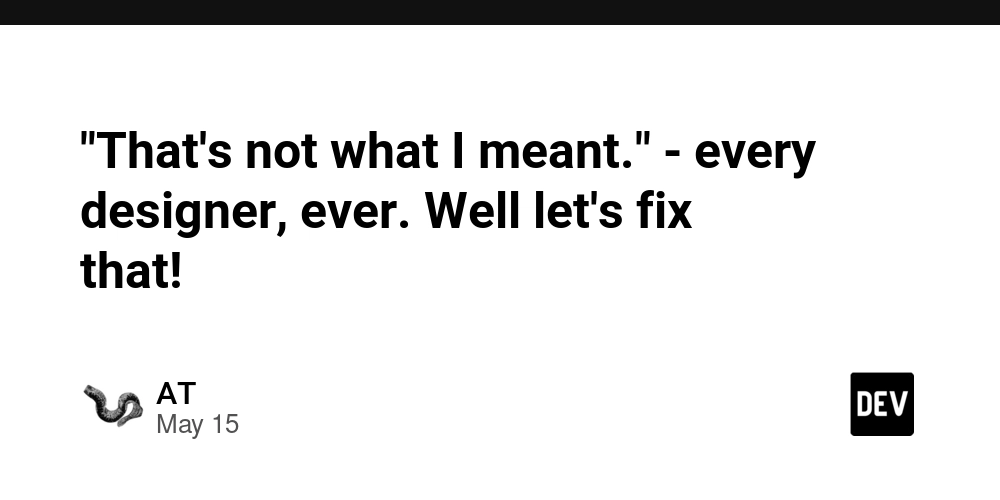
































































![Legends Reborn tier list of best heroes for each class [May 2025]](https://media.pocketgamer.com/artwork/na-33360-1656320479/pg-magnum-quest-fi-1.jpeg?#)



















































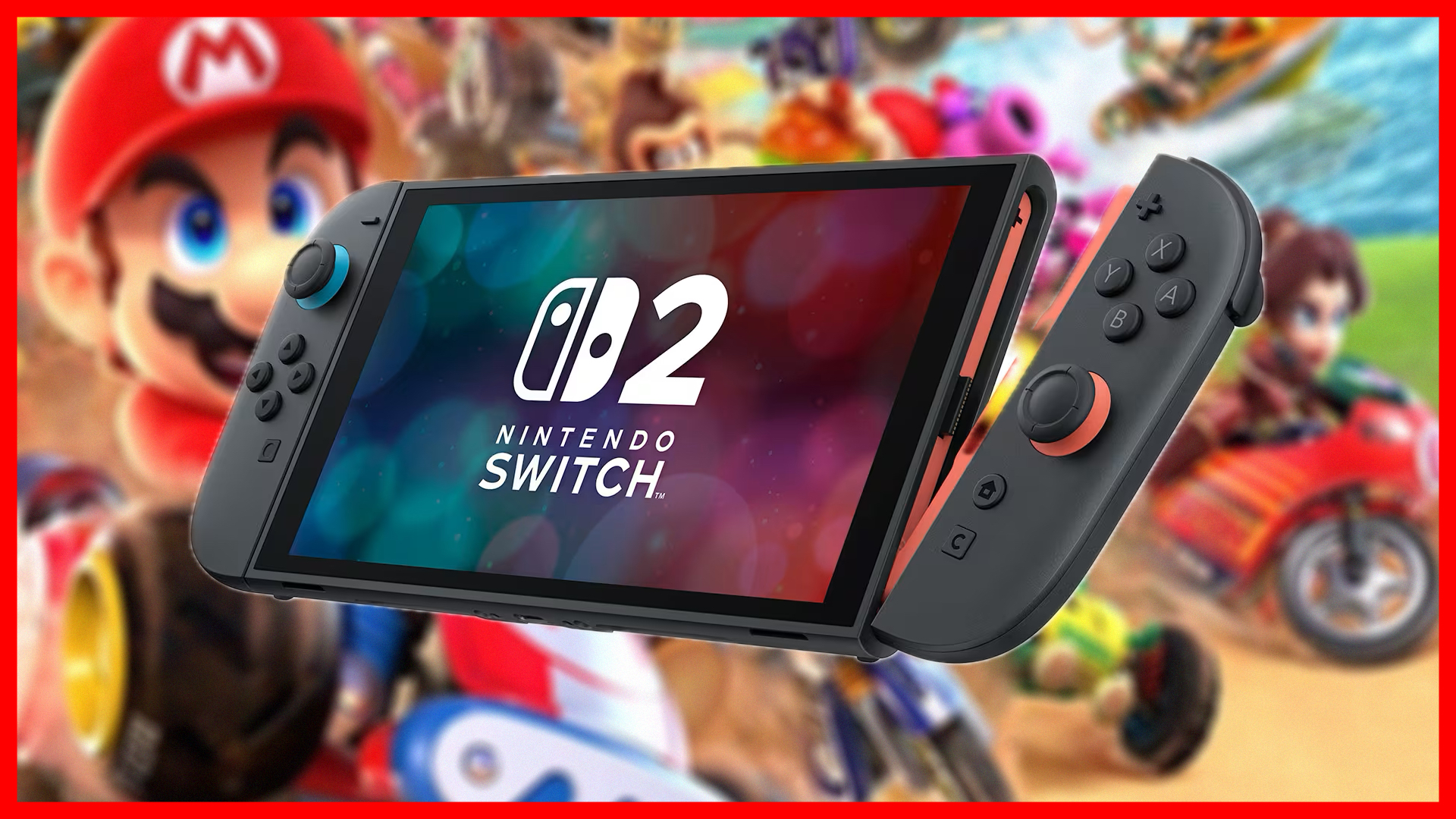












-Olekcii_Mach_Alamy.jpg?width=1280&auto=webp&quality=80&disable=upscale#)

_Brian_Jackson_Alamy.jpg?width=1280&auto=webp&quality=80&disable=upscale#)

















































































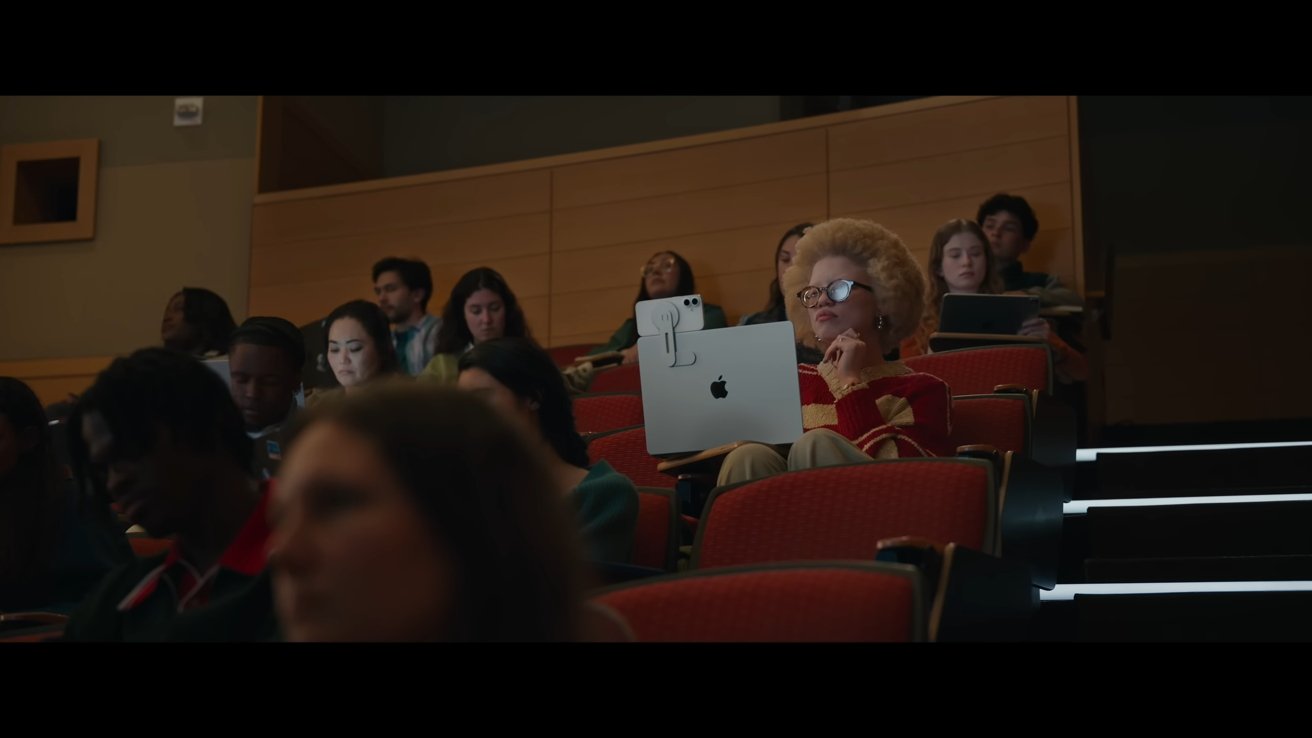


























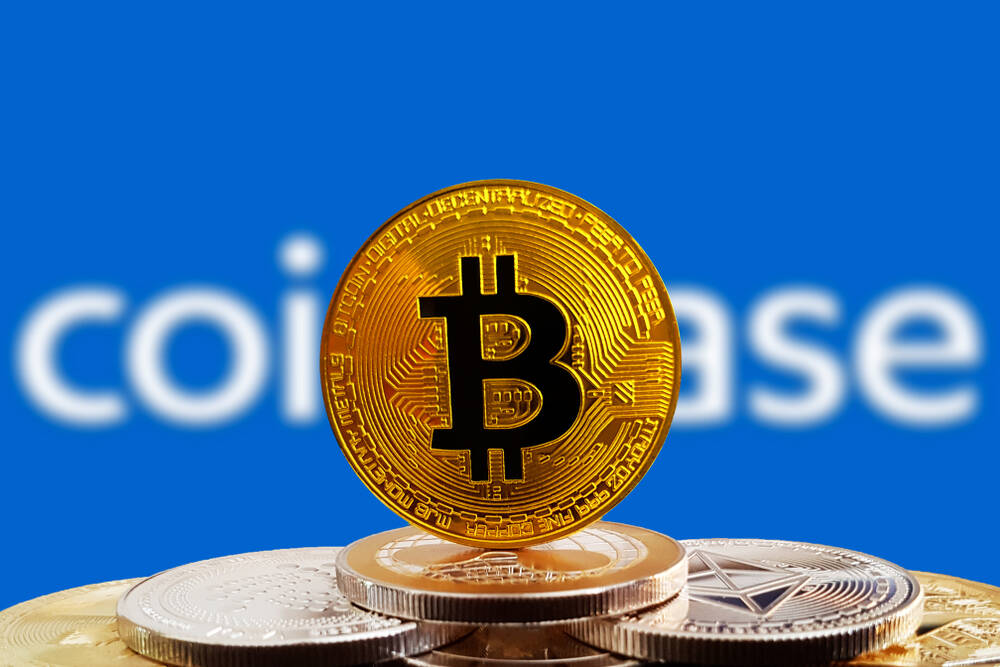



![Watch Aston Martin and Top Gear Show Off Apple CarPlay Ultra [Video]](https://www.iclarified.com/images/news/97336/97336/97336-640.jpg)

![Trump Tells Cook to Stop Building iPhones in India and Build in the U.S. Instead [Video]](https://www.iclarified.com/images/news/97329/97329/97329-640.jpg)





































